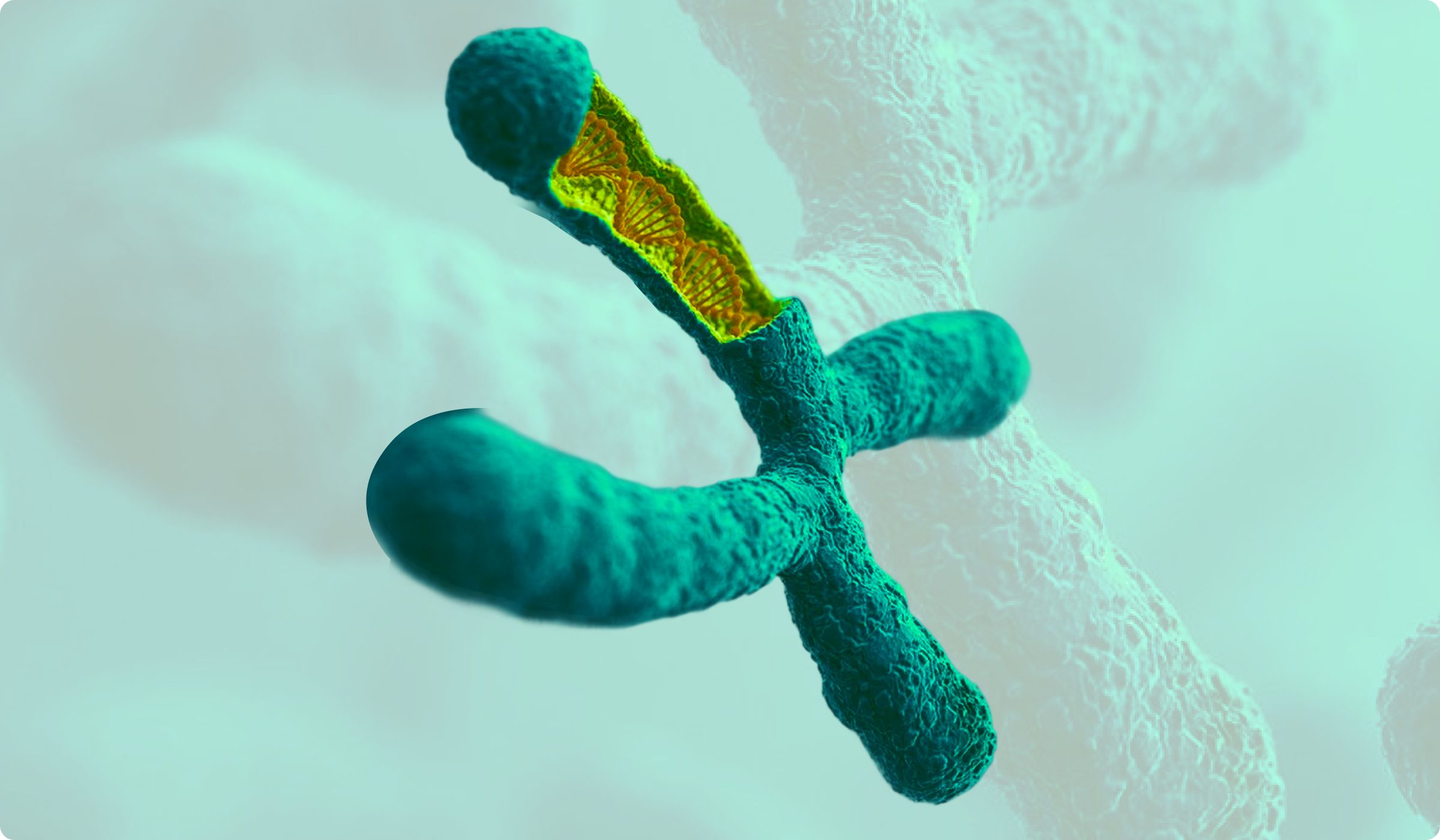From Senescence to Resilience: Ayurveda and the science of Ageing Well

Longevity Series | Ayur AI
Dr. Vyshna Ravindran B.A.M.S, M.D
Updated on May 12, 2025
Cellular senescence, a state where cells cease dividing and secrete inflammatory signals, plays a key role in ageing and age-related diseases. This newsletter explores how the accumulation of senescent cells contributes to biological decline and how emerging interventions, including senolytic compounds aim to restore cellular health. Recent scientific studies validate the potential of Ayurvedic herbs such as Centella asiatica, Bacopa monnieri, Glycyrrhizin, and Curcumin in modulating senescence pathways through antioxidant activity, mitochondrial repair, and sirtuin regulation. Integrating these traditional remedies with modern lifestyle strategies offers a promising path to extend healthspan and promote graceful ageing.

What Is Cellular Senescence and Why It Matters

- As we age, certain cells in our body stop dividing and enter a state called senescence. These cells don’t die, but they also no longer contribute to tissue repair or regeneration. Instead, they release harmful chemical signals, known as the Senescence-Associated Secretory Phenotype (SASP), that promote inflammation and damage surrounding healthy cells. This “zombie cell” effect is now recognized as a major driver of age-related decline.

The Link Between Senescent Cells and Ageing

- Senescent cells accumulate over time and contribute to many signs of ageing from wrinkles and slower healing to serious conditions like diabetes, dementia, and heart disease. This cellular clutter disrupts healthy functioning, accelerates organ deterioration, and creates a toxic environment that spreads dysfunction to neighboring cells.

Clearing Out the Clutter: Can We Remove Senescent Cells?

- New therapies are being explored that aim to remove or neutralize senescent cells - these are called senolytics. Natural compounds like quercetin, fisetin, and other plant-derived molecules are showing potential to delay age-related decline by targeting these “aged” cells. Lifestyle choices such as exercise, fasting, and stress management may also help reduce senescence at the cellular level.

Ayurveda’s Wisdom: Scientific Support for Senescence Modulation

- Centella asiatica (Mandukaparni): Found to reduce oxidative stress-induced senescence in skin cells, preserving DNA function and regulating genes linked to apoptosis, growth, and aging.
- Bacopa monnieri (Brahmi): Protects brain cells by enhancing mitophagy, a process that clears damaged mitochondria, reducing oxidative stress and delaying neurological ageing.
- Glycyrrhizin (from Licorice root): Shown to reduce age-related bone inflammation and loss by lowering harmful senescence markers and increasing protective proteins like sirtuin-1 and sirtuin-6.
- Curcumin (from Turmeric): Extends lifespan in model organisms, lowers oxidative damage, and regulates pathways like mTOR, FOXO, and IIS. Emerging evidence suggests curcumin may also function as a senolytic, selectively clearing harmful senescent cells.
Ayurveda has long emphasized rejuvenation through Rasayana therapies, and modern research is now validating some of its most revered herbs for their anti-senescence properties:
Together, these findings reinforce the Ayurvedic principle of promoting cellular harmony to slow down the ageing process from the inside out.

Conclusion: Ageing Is Inevitable, Decline Is Not

While we can’t stop time, we can influence how gracefully we age. Cellular senescence is not just a biological byproduct, it’s a target for vibrant ageing. With a combination of modern science and time-tested Ayurvedic practices, we now have a growing toolkit to help maintain cellular health, prevent chronic disease, and extend not just lifespan but healthspan.




